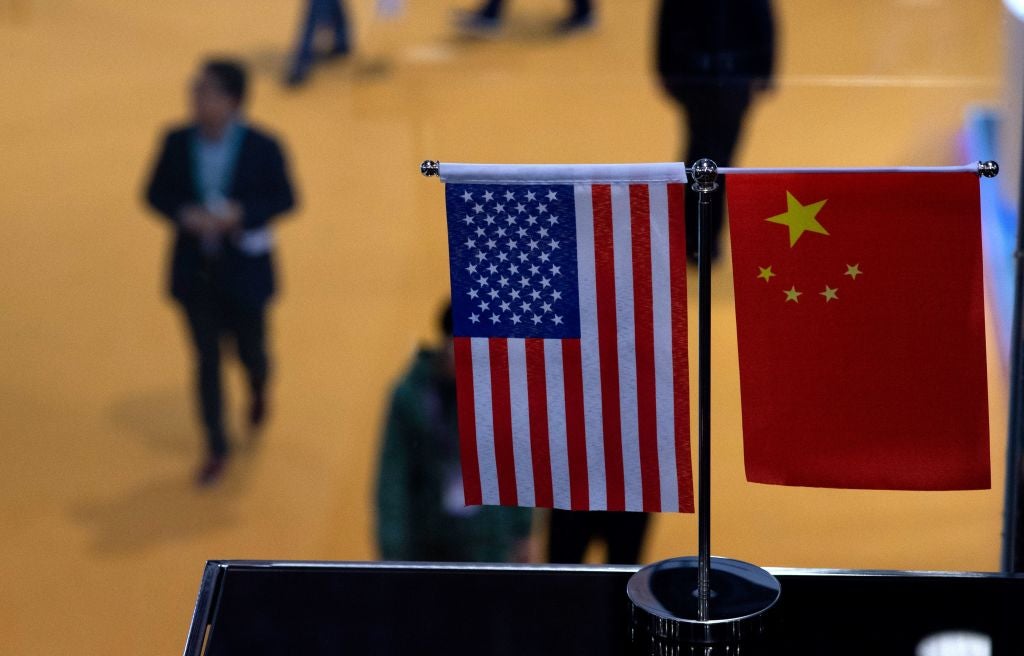There have been a lot of headlines generated by Sino-American relations in the past four years. Really, a lot. However, this is to be expected, since a rift between the world’s two largest superpowers is somewhat noteworthy.
For more than two decades, the US and China have become evermore economically enmeshed, and despite unprecedented political tensions in recent years, they very much still are. Decoupling, therefore, has remained a largely diplomatic phenomenon – for now.
Since 2018, we have seen Washington embark upon an ongoing trade war, increase scrutiny of Chinese acquisitions in the US, exclude Chinese students and researchers with military affiliations, and much more. China’s comparatively more restrictive economy has done less, so to speak, although it has still retaliated with tariffs of its own and new ‘national security’ rules on foreign investment, for example.
And yet, as the above chart shows, US companies continue to set up shop in China, with foreign direct investment remaining remarkably stable over the past decade. As things stand, the US’s largest multinationals operate 1,860 subsidiaries in China. Although US trade with China has been dented by the tariffs in recent years, especially in terms of imports (see below), absolute figures have stayed strong and Covid-19 has only seen US demand for Chinese goods shoot up.
Meanwhile, the Chinese have remained hungry for US goods, with imports only dipping slightly since the trade war began. Although Chinese investment to the US has dropped significantly since 2016, this is part of a global trend of decreased foreign investment out of China (see below) caused by Beijing’s increased capital controls on Chinese companies. Despite Covid, however, 2020 saw a significant increase in Chinese FDI to the US (based on half-year data). As a final point on this comparison, it is worth noting that US multinational companies have (for many years) been more likely to locate in China than the other way round.
My aforementioned arguments do not downplay the impact of the trade war. On both sides, the feud has restricted certain investments, trade and opportunities – especially within tech and other strategic sectors. Formal and informal evidence suggests that Chinese foreign investors have been more deterred by the political situation than US businesses. Nonetheless, the bigger macroeconomic picture has not been redrawn, just slightly smudged.
Acting in what sometimes feels like a parallel universe, the economy has done its own thing. Chinese and US leaders have sparred, through both policy and the Twitterverse, but companies and consumers have continued to do humongous amounts of business with each other’s enormous markets. The opportunity is too great to miss or deny. There is no country as large as China that boasts the same growth trajectory.
So, if the coming years see political relations take a much more rapid turn for the worse – and then economic decoupling takes place in earnest – the fallout would indeed be gargantuan.
Home page image by Johannes Eisele/AFP via Getty Images





